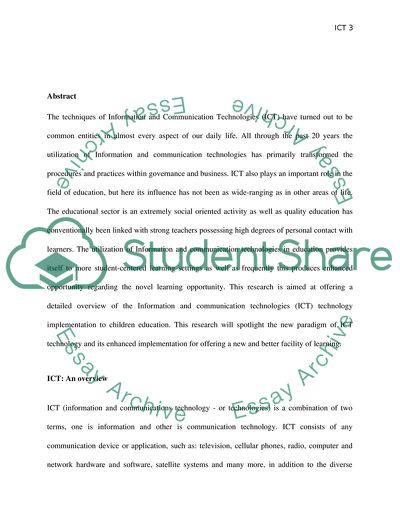Cite this document
(The Role of Information and Communication Technologies in Children Research Paper, n.d.)
The Role of Information and Communication Technologies in Children Research Paper. https://studentshare.org/education/1727971-the-role-of-ict
The Role of Information and Communication Technologies in Children Research Paper. https://studentshare.org/education/1727971-the-role-of-ict
(The Role of Information and Communication Technologies in Children Research Paper)
The Role of Information and Communication Technologies in Children Research Paper. https://studentshare.org/education/1727971-the-role-of-ict.
The Role of Information and Communication Technologies in Children Research Paper. https://studentshare.org/education/1727971-the-role-of-ict.
“The Role of Information and Communication Technologies in Children Research Paper”. https://studentshare.org/education/1727971-the-role-of-ict.


